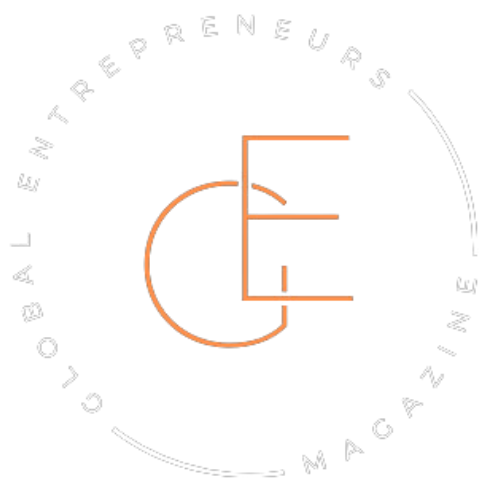A few years ago, a startup founder I knew declared email marketing officially dead. “No one reads emails anymore,” he said, pointing to open rates that had dipped below 10%. He shifted all his energy to social media ads and influencer campaigns.
Meanwhile, a small independent brand—one you’ve probably never heard of—quietly sent a plain-text newsletter every two weeks. No flashy graphics. No clever automation. Just real stories, timely updates, and a tone that sounded like a friend catching up. Their open rates? Over 40%. Click-throughs? Higher than anything they got from Instagram.
Email didn’t die. It just stopped working for people who treated it like a megaphone.
What changed wasn’t the channel. It was how people used it—and more importantly, the tools they used to run it.
The problem isn’t email—it’s the tools
Most people blame email itself when their campaigns fall flat. But take a closer look, and it’s usually the software doing most of the damage.
Clunky dashboards. Outdated templates. Automation that reads like it came from a robot. Half the time, you’re wrestling with the platform instead of writing something worth sending. And the end result? Cold, impersonal messages that land in inboxes with all the charm of a utility bill.
The truth is, a lot of popular email platforms weren’t built for how people actually communicate today. They were made for blasting messages, not for building connection. So it’s no surprise your subscribers are tuning out. They’re not tired of email—they’re tired of emails that feel like they were written for everyone and no one at the same time.
If your email marketing feels like a chore, your audience can feel that too. It might be time to ditch the tools that made sense five years ago and look for something that fits the way people actually engage now.
Good email marketing today feels like a conversation

The emails people actually read don’t feel like campaigns. They feel like check-ins. A quick story. A useful heads-up. A thought shared at just the right time.
The shift isn’t about sending more—it’s about sounding human. The best tools now make that possible. Instead of blasting a list, they help you send something that lands like a personal message. Smart automation waits for the right moment. Dynamic content shifts depending on who’s reading. And plain-text emails? They’re making a comeback, because they feel less like marketing and more like someone actually wrote them.
When it’s done right, email doesn’t interrupt someone’s day. It fits into it.
What you should actually be using
Some tools were built for sending emails. Others were built for building relationships. There’s a difference—and it shows.
ConvertKit is a favorite among creators for a reason. It keeps things simple but powerful. You can tag subscribers based on actions, send them down tailored paths, and still write like a human being.
Customer.io leans into behavior-based messaging. It waits. Watches. Then sends when the timing makes sense—like after someone visits your pricing page twice or abandons their cart.
Then there’s Beehiiv. Originally made for newsletter writers, but it’s grown fast because it understands that content comes first. Not templates. Not flashy buttons. Just solid storytelling and audience-first design.
The right tool doesn’t just help you send better emails—it makes you want to write them.
Why timing, tone, and targeting matter more than ever
People don’t hate emails. They hate bad timing and generic tone. You can have the perfect offer, but if it lands at the wrong moment or sounds like every other sales pitch in their inbox, it’s gone in a swipe.
Think about how you check your email. You skim. You filter. You delete fast. So the message has to hit right—on tone, on timing, and on relevance. That’s where good tools come in. They don’t just send when you’re ready. They send when your reader is.
A friend of mine once switched from a bulk scheduler to a platform that let her trigger emails based on what her subscribers actually clicked. Same email. Same subject line. Open rates doubled.
It wasn’t magic. It was better timing and a more human tone.
You don’t need a bigger list—you need better relationships
It’s easy to chase numbers. More subscribers. More leads. More reach. But email doesn’t work like that—not anymore.
I’ve seen creators with 2,000 subscribers outperform companies with lists ten times the size. Why? Because they focused on connection, not collection. Every email felt like it was written for one person. Every reply got a real response. And over time, those readers turned into loyal buyers, clients, and fans.
One marketer I know scrapped his 15,000-person list after realizing only a fraction ever opened his emails. He started fresh, asking people to re-opt in. Scary move. But what he ended up with was gold: a smaller, more engaged list that actually responded—and converted.
It’s not about casting a wider net. It’s about writing to people who actually want to hear from you.
The inbox isn’t dead—it’s just tired of bad emails
People still open emails. People still click. People still buy. But only when what they’re getting is worth their time.
It’s not that email marketing stopped working. It’s that too many brands stopped respecting the inbox. They treated it like a dumping ground for recycled offers, lifeless copy, and overused templates. And readers? They noticed.
The fix isn’t complicated. Use tools that let you write like a person, not a bot. Send when it makes sense. Talk to people, not segments. And stop trying to game the system with tricks—just offer real value with a real voice.
Email works when you treat it like a conversation worth having.




